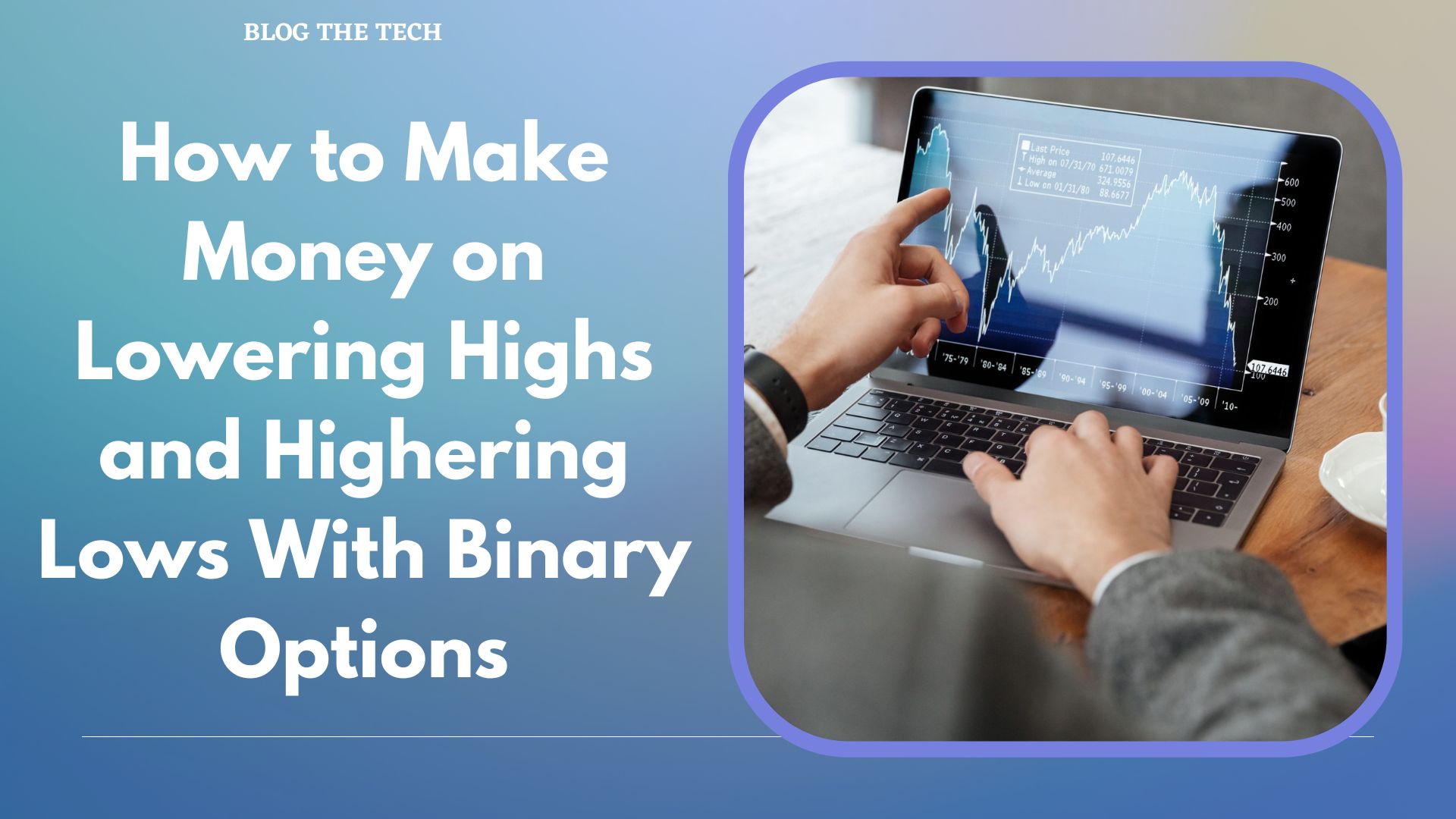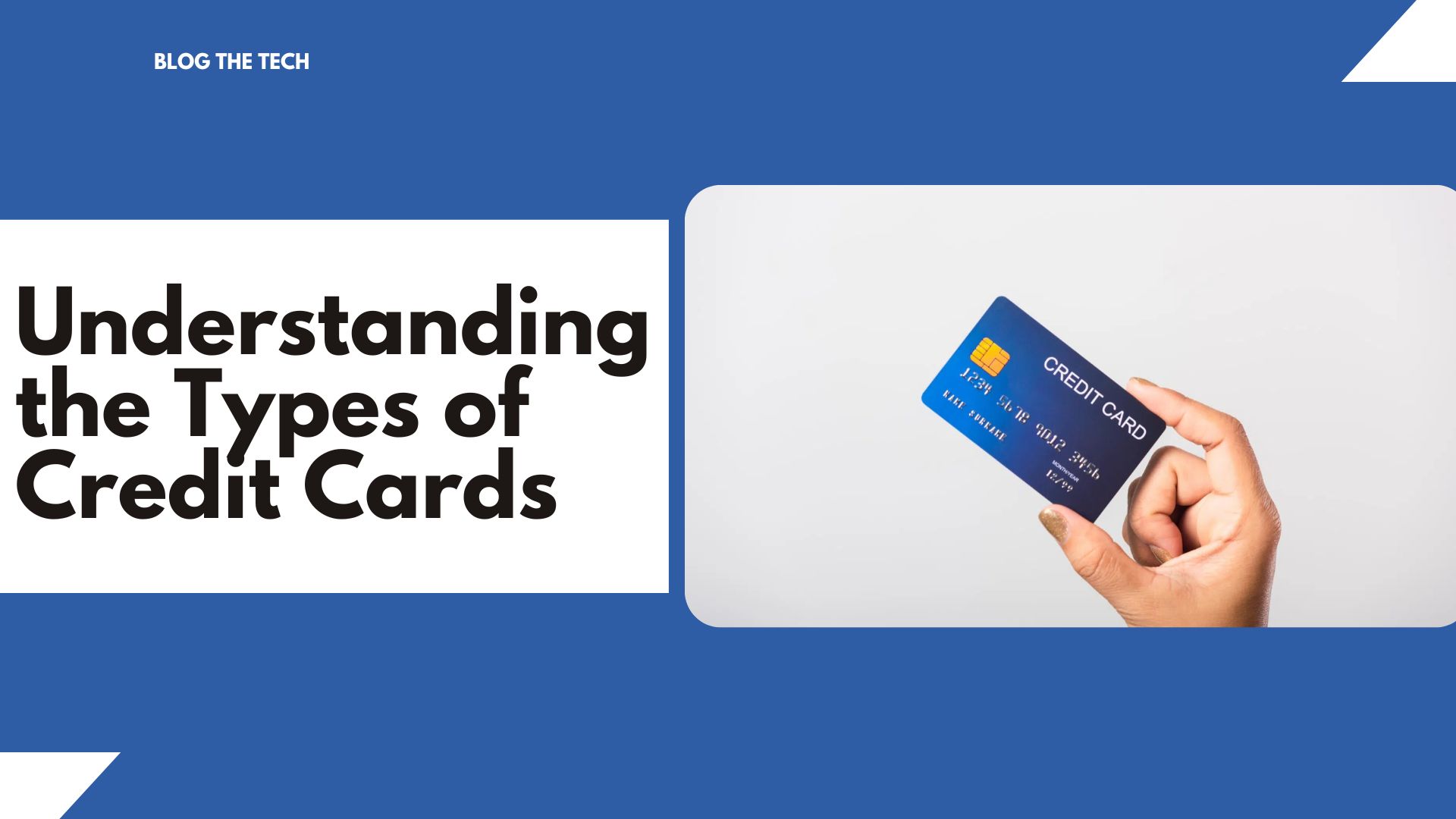This is true that, as a beginner, not everyone knows how the market functions and what to look out for in a trading account. Thus, we have a perfect guide for understanding the difference between Demat and trading accounts. Understanding the distinction between a share trading account and a Demat account is important for an investor.
What is a Demat Account?
Dematerialization refers to the process of converting your physical shares into digital form. You will face a risk if you own physical shares, but having them in your Demat account makes it simpler to store the share. When you open Demat account, your actual shares will be converted to an electronic representation. This means that it is critical to maintain a Demat Account for the safety of your shares and commodities.
What is a Trading Account?
Typically, a trading account takes the form of a brokerage. You will also require a separate Trading Account to trade shares after obtaining a Demat Account. You can trade in shares easily with this account because it has its trading number. Choose three distinct accounts: a bank account, a Demat account, and a trading account once you begin investing in the stock market.
Trading account grants you access to various stock markets.
Additionally, it connects to your bank account and enables online stock trading.
Demat Account and a Trading Account – How do they Differ?
| Demat Account | Trading Account | |
| Functional role | Securities like stocks, bonds and shares are meant to be stored electronically in a Demat account. | Any transaction on the stock market requires the use of a trading account. |
| Nature | Investors can maintain their securities in a dematerialised form by using a Demat account. This significant transition offers security against possible loss. | A trading account is much like a current bank account. You need both a Demat account and a trading account in order to Transact on the stock market. |
| Maintenance charges | Annual Maintenance Charges are associated with opening a Demat Account, and they vary from service provider to service provider. There’s a chance that you’ll additionally have to pay transaction or custodian fees. | On the other hand, you are not needed to pay any fees for a trading account. You must keep in mind that you can use a single PAN to access several Demat and Trading accounts; all you have to do is pay the required AMC. |
| Measurement | A demat account is a digital (online) location where shares are stored. It can also be referred to as a Stock Account, and at the end of each financial year, it is measured at current market rates. | A trading account can show you a complete record of your trading history. It’s different from your Demat account, which is just an online storage space for your investments in stocks, bonds and mutual funds. |
| Time period | Demat account is always measured at a point in time | Transactions in trading accounts are measured over a period of time. (3months/1 year) |
Conclusion
You only need a Demat Account to trade futures and options. However, you would need a trading account to sell these shares.
You are required to have a Demat Account to trade in stocks. Therefore, you must have this requirement. You may therefore need to open a trading or Demat account, depending on the usage.




